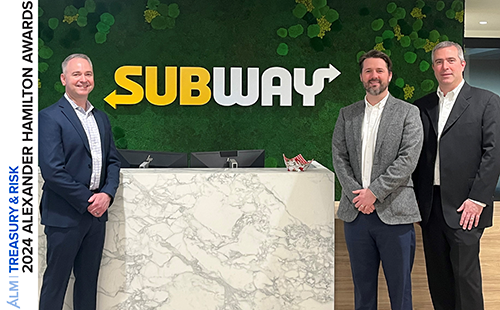Currency traders may not be fast enough, at least when it comes to cleaning up their image.
At issue is a controversial custom called “last look,” which allows market makers to back out of a trade. After allegations of abuse, most major banks have recently taken steps to publicly disclose their trading standards to clients. But not all are on board. Top 10 dealer BNP Paribas doesn't. And a big player in high-frequency trading called Tower Research Capital says it doesn't need to.
Industry executives — still reeling from paying billions in currency-rigging fines — concede that the largely unregulated $5.1 trillion-a-day foreign-exchange market could use a dose of transparency. As part of an effort to police themselves, traders are hoping a global code of conduct that's due in May will help shore up their reputation before regulators crack down harder.
Complete your profile to continue reading and get FREE access to Treasury & Risk, part of your ALM digital membership.
Your access to unlimited Treasury & Risk content isn’t changing.
Once you are an ALM digital member, you’ll receive:
- Thought leadership on regulatory changes, economic trends, corporate success stories, and tactical solutions for treasurers, CFOs, risk managers, controllers, and other finance professionals
- Informative weekly newsletter featuring news, analysis, real-world case studies, and other critical content
- Educational webcasts, white papers, and ebooks from industry thought leaders
- Critical coverage of the employee benefits and financial advisory markets on our other ALM sites, PropertyCasualty360 and ThinkAdvisor
Already have an account? Sign In Now
*May exclude premium content© 2025 ALM Global, LLC, All Rights Reserved. Request academic re-use from www.copyright.com. All other uses, submit a request to [email protected]. For more information visit Asset & Logo Licensing.





